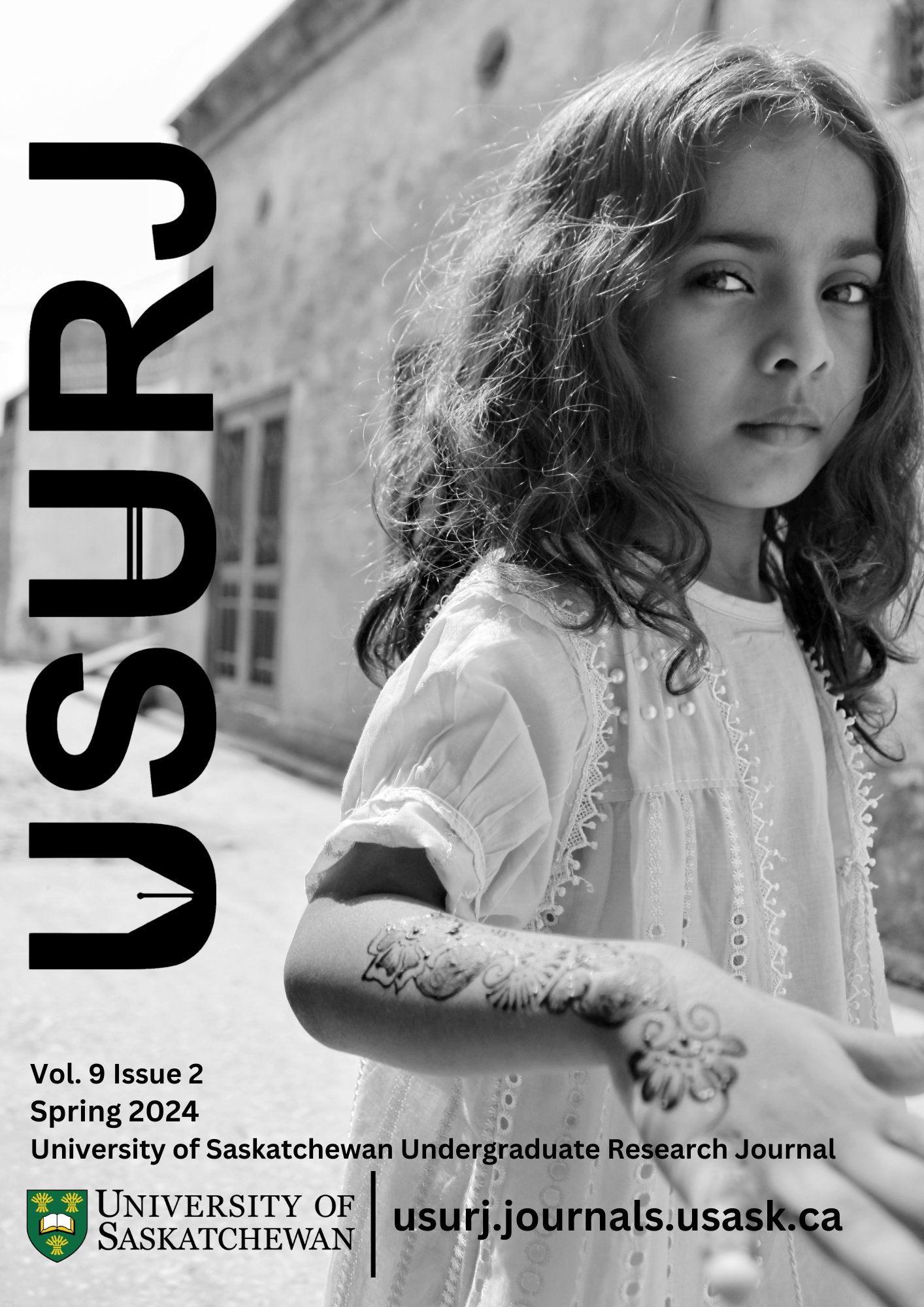Current Directions in Managing Invasive Lionfish Populations to Protect Reef Biodiversity
Main Article Content
Abstract
Invasive lionfish pose a significant threat to reef biodiversity in coastal Atlantic regions through their aggressive feeding habits, lack of predators, and overall hardiness in a wide range of climactic conditions. Their impact has resulted in targeted human efforts to manage and reduce invasive populations where possible. It is important to identify the current methods being employed such as manual culling and traps and analyze their strengths and weaknesses. Additionally looking at non-human interactions between lionfish and their ecosystems and how they’ve developed may influence how management is approach, such as the effects of grouper non-consumptive pressures. By learning from relevant approaches we can look towards integrating them into a holistic plan that targets lionfish at multiple levels from multiple angles and formulate incentives to gather greater support from organizations and people to participate in preserving reef biodiversity through economically and environmentally feasible options.
Downloads
Article Details
Section
Articles: USURJ’s current Publication Agreements apply a Creative Commons Attribution-NonCommercial License (CC-BY-NC) by default. The CC BY-NC license lets others remix, tweak, and build upon work non-commercially. The author(s) can choose a different CC license, as outlined in https://creativecommons.org/about/cclicenses/. Please see the PDF for each article to determine what license is applied to that article. Author(s) can also request to reserve all copyright (All Rights Reserved). If there is no indication for articles published before September 2020, assume the author retains all rights beyond those necessary for publication by USURJ. All articles published after September 2020 will apply one of the aforementioned CC licenses. See the Publication Agreement under the Submission Preparation Checklist or Author Guidelines for more information. Artwork: All copyright for the original artwork remains with the artist unless they wish to apply a Creative Commons (CC) license to the artwork. Please see the PDF for each artwork to determine what license is applied to that artwork.
